
This is Part 4 of a short series relating to the economic concept ‘scarcity’. In Parts 3 and 4 I investigate commonly claimed sources of scarcity. I look at scarcity in regards to the four economic factors of production:
- Land
- Labour
- Capital
- Entrepreneurship
Part 3 of the series focused on land with a very strong emphasis on the amount of used and wasted by the meat and dairy industries.
For information on Part 3 use the following link:
https://steemit.com/economics/@spectrumecons/scarcity-part-3-meat-and-dairy-land-use
In Part 4 I will be discussing the remaining three factors of production. I will take a look at the exploitation of labour and the cut of revenue that workers are getting relative to the price of the product. In regards to capital, I will take a look at improvements in technology and efficiency and the extent the benefits are being passed down to the workforce. Before I begin with Part 4, let’s have a quick recap of Parts 1 and 2.
Quick Recap: What is scarcity?
In short, scarcity can be defined as too many people chasing too few goods and services. Scarcity means that there are insufficient resources to cater for all the needs and wants of everyone.
For more information regarding Part 1 use the following link: https://steemit.com/economics/@spectrumecons/scarcity-part-1

Part 2 explained two types of scarcity. They are natural scarcity and contrived scarcity. Natural scarcity occurs when there is naturally an insufficient supply of a good or service. Contrived scarcity exists when there are sufficient resources to go around but because certain people obtain control over important factors of production, scarcity becomes a problem to those who do not control those factors of production.
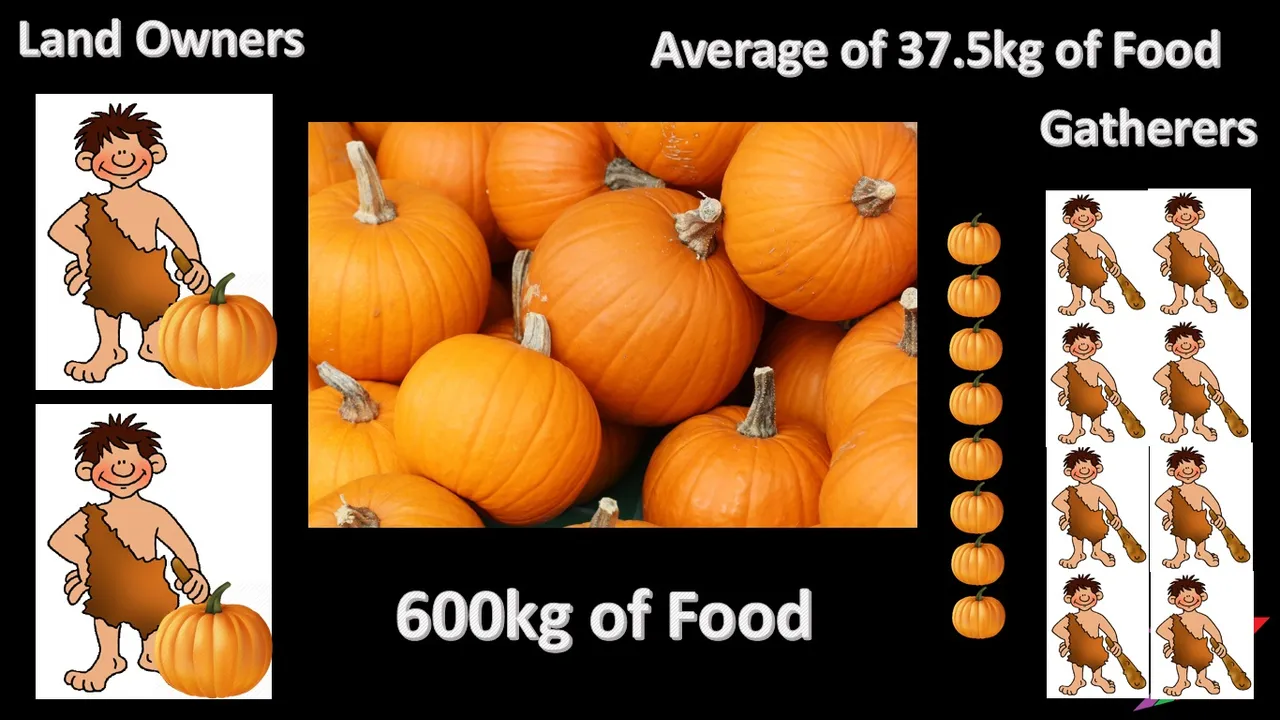
For more information regarding Part 2 use the following link: https://steemit.com/economics/@spectrumecons/scarcity-part-2-natural-or-contrived
Scarcity of Labour
Is labour a scarce resource? Generally, labour as a whole should not be considered scarce. It is very straight forward. People have needs and wants. If there are more people there are more needs and wants. If there are more people, there is also a larger labour force to meet these needs and wants. Those that have needs and wants can also help others meet their needs and wants.
Scarcity may arise when the value of people’s needs and wants exceed the value of the needs and wants they are able to address. This can occur for several reasons. A person may have a very high value of needs and wants. A person may not be able to address many, if any, of societies needs and wants. Scarcity can also occur if there are people in society who are hoarding resources or outputs whilst limiting access to others.

Scarcity can occur if there are too few people or if there are too many people.
If there are too few people, there could be skill and knowledge shortages and limited economies of scale (savings produced from being able to produce in large quantities). A limited labour force cannot cater for a wide range of needs and wants.
If there are too many people, there could be inefficiency caused by diminishing marginal returns from labour. Eventually labour productivity starts to fall because of overcrowding or insufficient capital. This occurs when the value of the marginal productivity of each additional person to the labour force is less than the value of the needs and wants of that additional person. This is more closely linked to a scarcity of land and capital than labour itself.
Theoretically, an ideal population size (labour force) can be determined using a production function. A labour force greater or smaller than the ideal labour force size is less efficient. Below is an example of a production function.
Quantity = 3 × (land^4 × Capital^2 × Labour × Entrepreneurship)^(1/8)
This production function is a Cobb-Douglas production function. It is multiplicative in nature (factors of production are multiplied by each other to determine the quantity produced). This production function produces constant returns to scale (sum of powers equals one ((4+2+1+1)/8=1) and diminishing returns to a particular factor of production (power of each individual factor of production is less than one). This equation can be solved using differential calculus to determine the ideal labour size for the amount of land, capital and entrepreneurship available.
A high percentage of less productive people or people that cannot participate in the labour force can be considered a cause of labour scarcity. There is greater pressure on those capable of working to provide for the whole population. I will revisit this in Part 5 of the series. Those that cannot add directly to production can still have tremendous value to society. This is often overlooked by many mainstream economists.

Labour scarcity is more likely to exist in some sectors rather than for the whole economy. There are some highly specialised jobs where labour shortages could occur. There are new sectors that are growing rapidly where there is currently an insufficient number of people with relevant skills. There are jobs that are undesirable that people do not want to do.
So, does labour scarcity exist?
It depends what indicators that you are looking at. High unemployment and low wages could indicate that there too many people chasing too few jobs. This would mean that there is a shortage of jobs and not a scarcity of labour. Long working hours could indicate labour is scarce as each person needs to work many hours to get a job done rather than sharing the workload across more people.
If there is scarcity, is this scarcity contrived or natural? High unemployment, low wages and long working hours could be indicators of labour exploitation rather than scarcity.
Is capital scarce?
In economics when we say capital we talk about the investments that can be used to produce or add value to an output. A machine to make widgets is capital. A truck to transport widgets is capital. A computer to store information is capital. Capital can be used to increase the efficiency of labour. Our production function can be used to demonstrate that increase in efficiency. Capital improves with improvements in technology. Improvements in technology will improve the efficiency of labour. Therefore, less labour hours are required to produce the same output than before the improvements in technology. The graph below shows the improvement in efficiency per person in the manufacturing sector in the USA between 1990 and 2015.
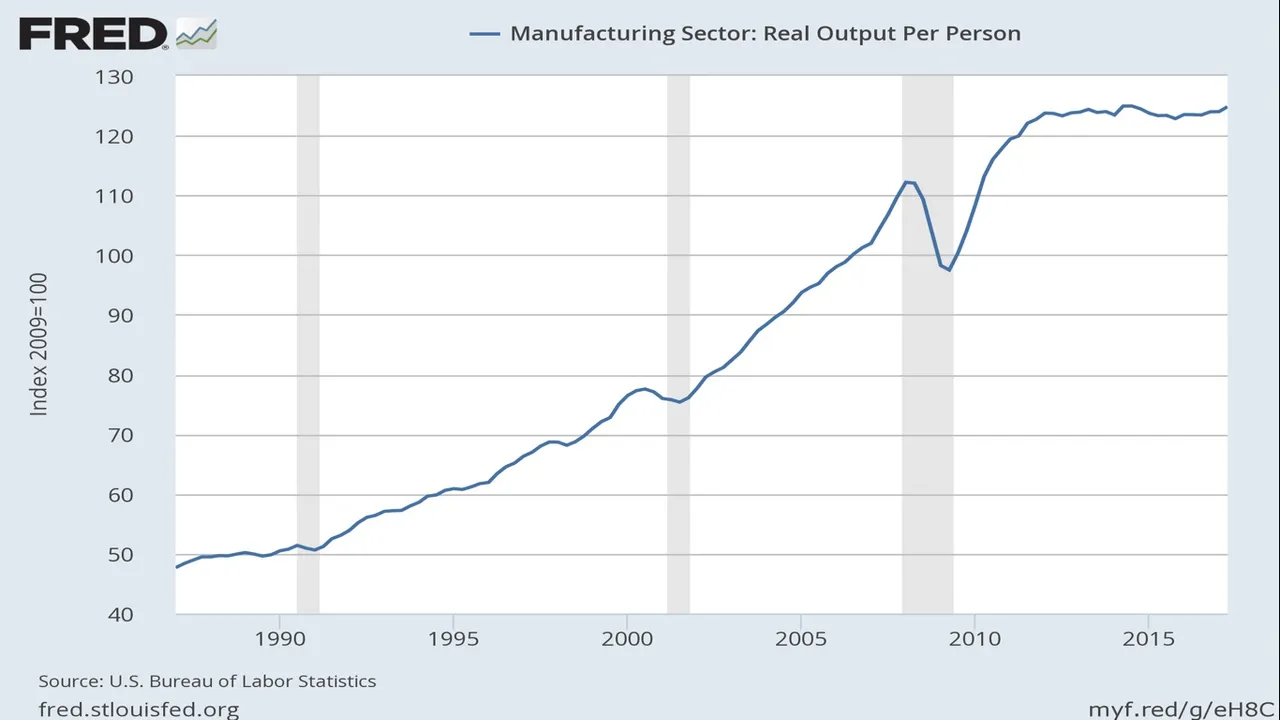
Source: fed.stlouisfed.org
Improving technology should eliminate scarcity in regards to both labour and capital. Unfortunately, that has not happened. According to Jacque Fresco (Venus Project), technology should have advanced to the point we should need to work only about two hours a week. In 1930, John Keynes predicted we would only need to work a maximum of 15 hours a week. Both these predictions indicate that neither capital nor labour are not scarce. Neither of these predictions are anywhere near to becoming a reality.
Why are we not working a fraction of the hours we used to work when there was less efficient technology? I have gathered information regarding costs for several different products from various sources. These cost break downs should provide an indication of where wealth is accumulating in regards to production and also provide an indication if scarcity is being contrived by the owners of the factors of production.

Source: welkerswikinomics.com
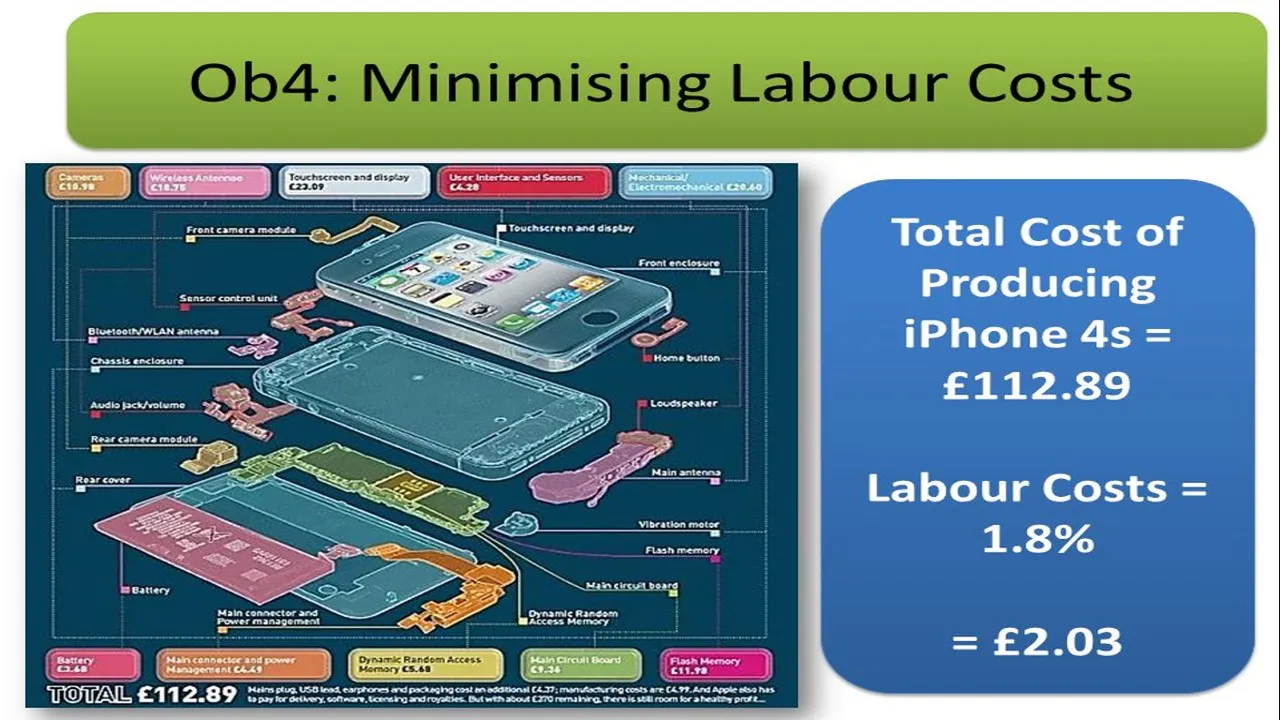
Source: welkerswikinomics.com
Cost breakdown of an Ipad

Source: slideplayer.com
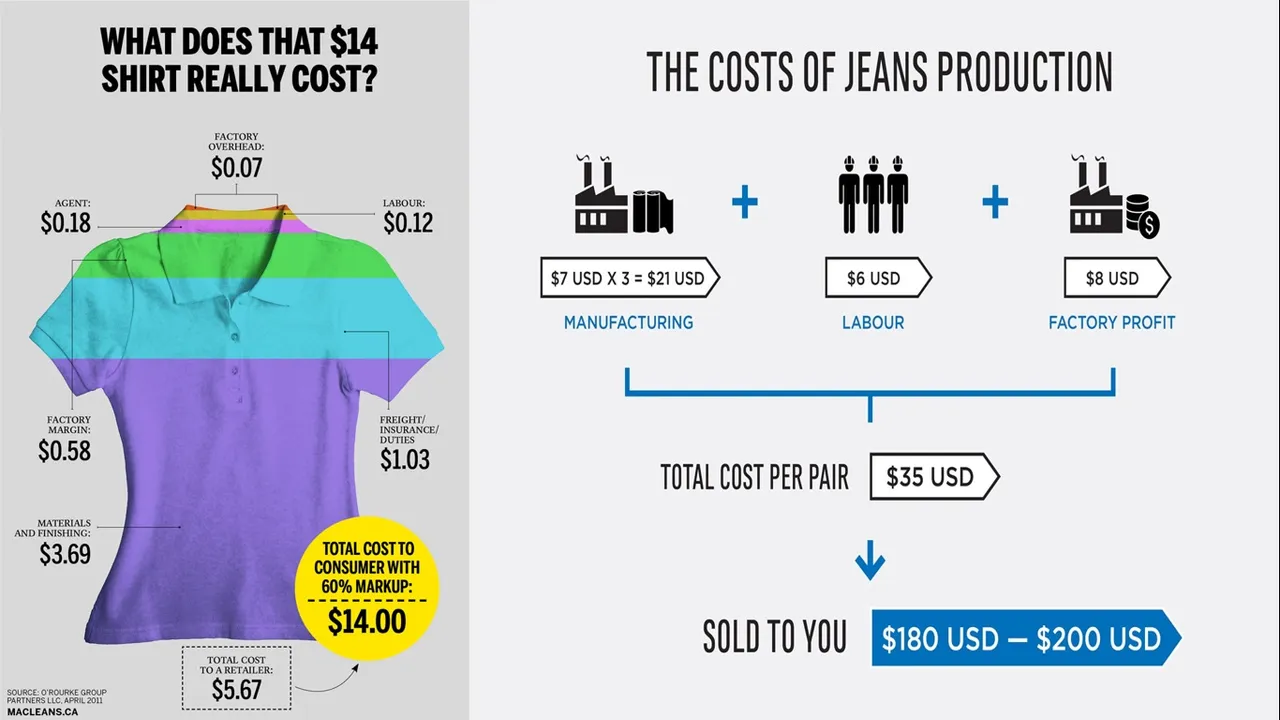
Sources: craftyboards.com and hypebeast.com
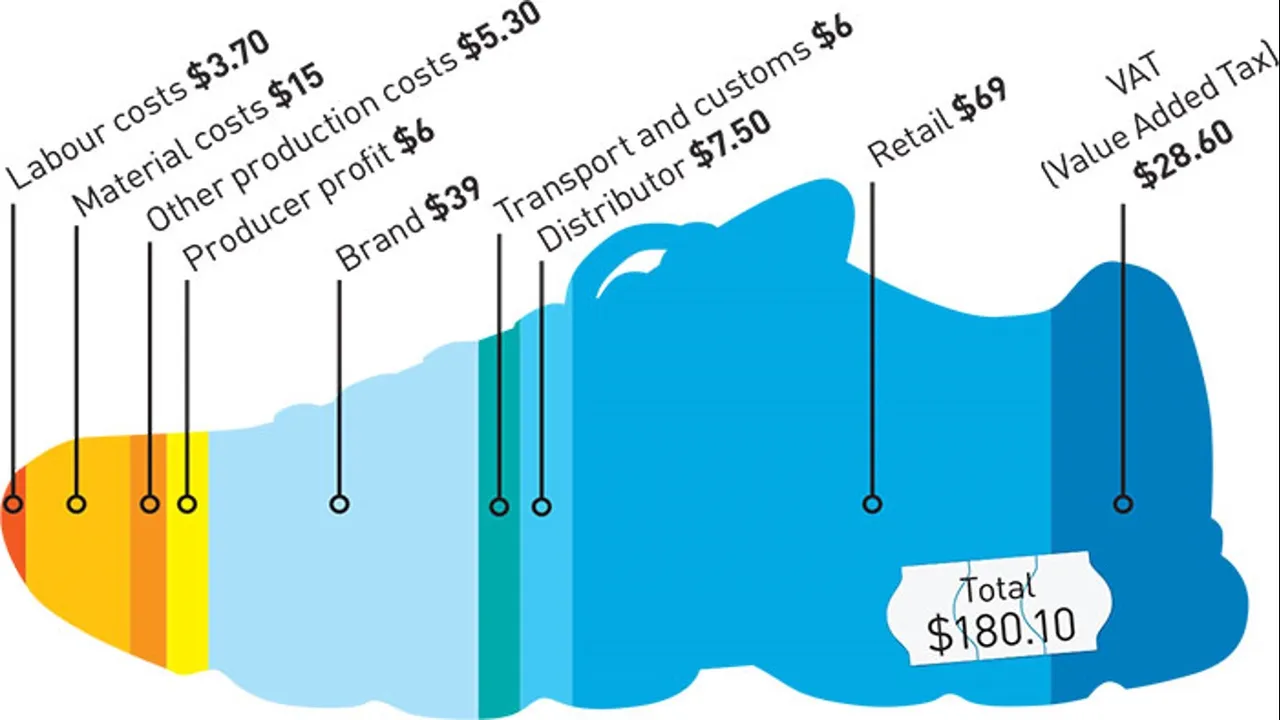
Source: Choice.com.au
The above examples indicate a disproportionate cost breakdown in favour of those owning the factors of production. As discussed in Part 2 of this series, owners of factors of production can take a large proportion of wealth, thus, unnecessarily creating scarcity for the rest of society.
Entrepreneurship
Is entrepreneurship scarce? In economics, entrepreneurship refers to those that are willing to take risks in investing money and time into a business venture. A scarcity in entrepreneurship is possible if returns on investment is low, costs of borrowing is high, risk of failure is high, there is a high degree of risk aversity in the population, or if there are substantial barriers to entry.
Entrepreneurship is good as it increases both competition and cooperation (stimulates lower prices and higher quality), increases diversity of products, and reduces the concentration of power. The Lumezzane Valley, Italy is a place where entrepreneurship is thriving. Lumezzane Valley has multiple small businesses cooperating to provide quality outputs at an affordable price. The Lumezzane Valley is famous for producing high quality metal products such as cutlery.

Chiang Mai, Thailand is becoming a hub for online entrepreneurs (a.k.a. digital nomads). These small businesses sell a variety of products online. Chiang Mai is popular with digital nomads for a number of reasons such as the good existing online community, low cost of living, great weather, fresh fruit and vegetables, and low crime rates.

It appears that scarcity of entrepreneurship should not exist as scarcity is mostly within the control of the people. This also means scarcity can be contrived. Existing companies can create barriers to entry by controlling assets. Companies with substantial wealth can also endure losses to undercut new entrants. Government regulation can be used to increase the risk of failure to new businesses. If new businesses become successful, larger businesses often buy them out to maintain control of the market.
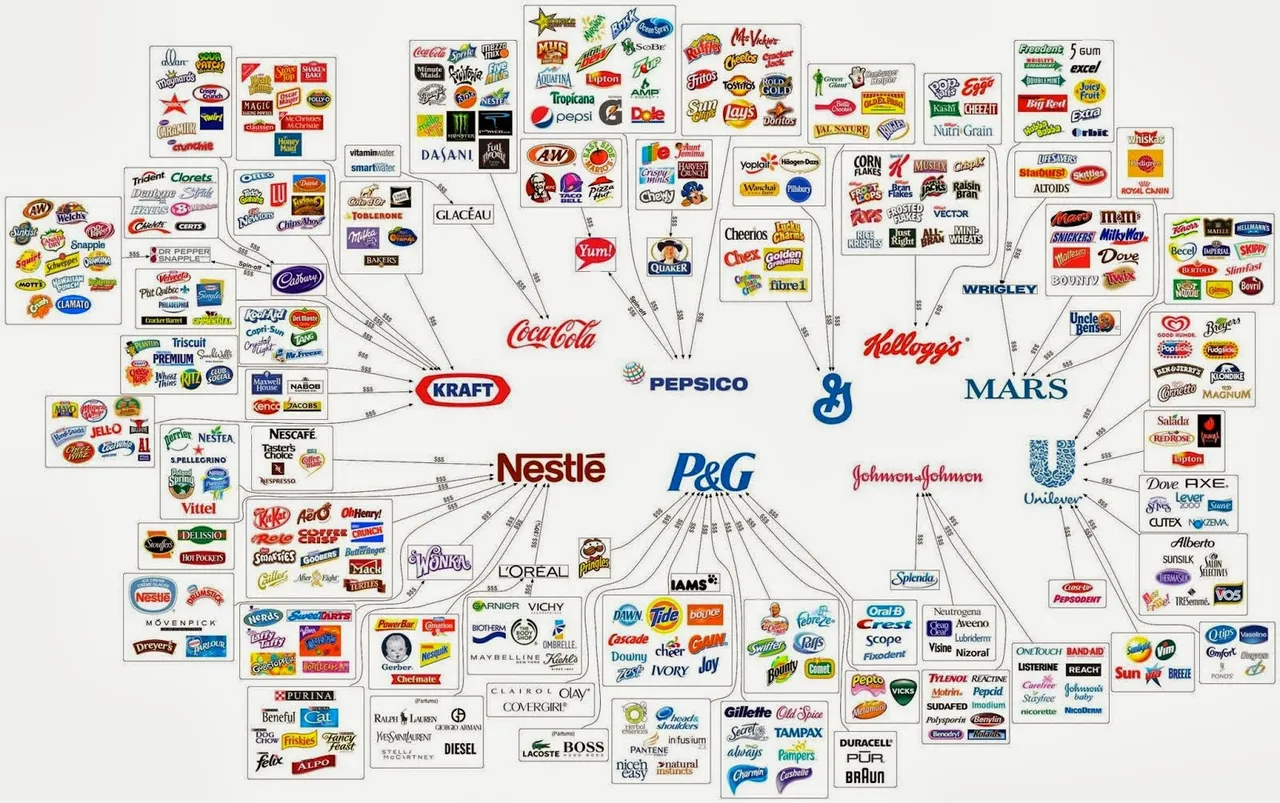
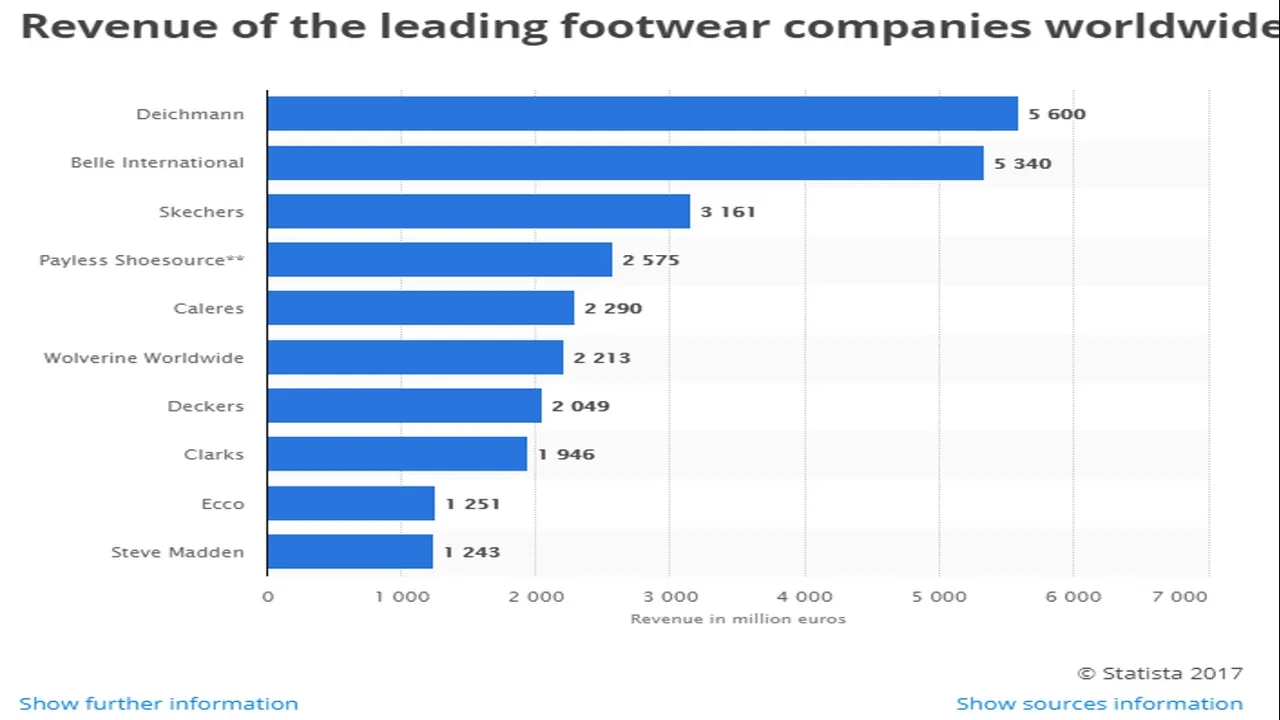
One of the biggest advantages of having many entrepreneurs for the people is the dilution of power. This is also one of the biggest disadvantages to the existing establishment. To maintain the power structure, entrepreneurship must be limited.
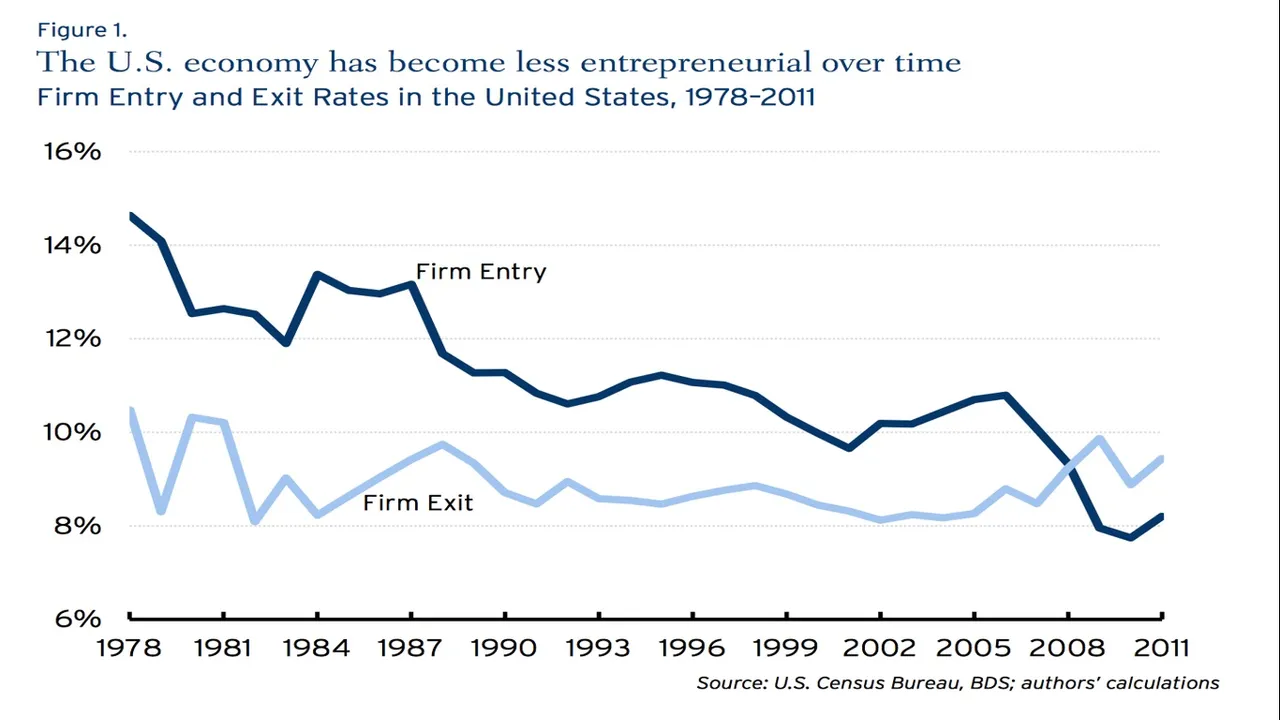
Conclusion
This brings me to the end of Part 4. There does not appear to be prominent levels of natural scarcity in regards to labour, capital or entrepreneurship. Labour is generally mobile. Training and upskilling is available to most people in developed countries. Capital is constantly improving the efficiency of labour through improved technology. The required labour hours to produce the same output has been consistently falling as technology improves. Entrepreneurship depends on opportunities available. These opportunities often depend on the business environment and those in it.
Contrived scarcity can exist quite easily. Legislation can be used to keep working hours high which also causes unemployment. Owners of capital reap almost all the benefits of improved technology without passing them onto the workforce. Barriers to entry can restrict the level of entrepreneurship, hence, keeping it scarce and maintaining power with the few.
I have covered factors of production and how scarcity appears to be contrived rather than natural. In Part 5 of the series I will be looking at solutions to reduce and even eliminate scarcity in society. I hope you have enjoyed this series so far. Part 5 will be the last part in this series.









